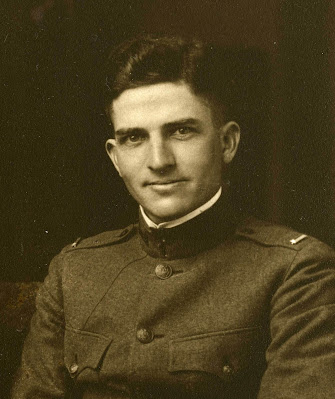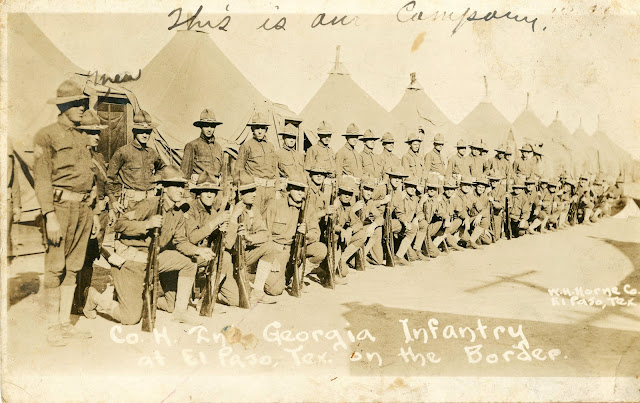By Maj. William Carraway
Historian, Georgia Army National Guard
The 138th Chemical Company provides chemical, biological, radiological and nuclear surveillance and decontamination for the 265th Chemical Battalion, part of the 201st Regional Support Group and its Region IV Homeland Response Force Mission. Authorized to organize Sept. 1, 2006.[1] In Decatur, Ga., the unit relocated to Kennesaw where it was federally recognized Jan. 18, 2008.[2]
On July 1,
2011, the 138th relocated from Kennesaw to Dobbins Air Force Reserve
Base in Marietta.[3] In
2014, the 138th was established in its present location on Dobbins ARB.[4]
Three years
later, the 138th received the Maj. Gen. William L. Sibert Award
which recognizes the best Chemical Company in the National Guard.[5]
“They were
strong in each category judged compared to all the other units,” said Thomas
Crow, a personnel development analyst for the U.S. Army CBRN School. “In fact,
it was not even close. The 138th Chemical Company stood head and
shoulders above the competition.” Factoring in the judges’ decision was the
involvement of the 138th in volunteering activities, training
excellence and support to winter storms. The judges also cited the performance
of Sgt. Brady Hudson, a chemical specialist with the 138th who
represented the 201st RSG in the state Best Warrior competition.
The 138th
has participated in training exercises and real-world domestic response
missions ranging from Exercise Vigilant Guard in 2015 to the ongoing response to
the COVID-19 pandemic. Members of the 138th constituted the first
infection control team in the Georgia National Guard in March 2020 and were
among the first Georgia Guardsmen mobilized to protect public safety in Atlanta
following civil unrest in May 2020. Members of the 138th Chemical
Corps are presently deployed overseas supporting missions in the Pacific Command
area of operations.











